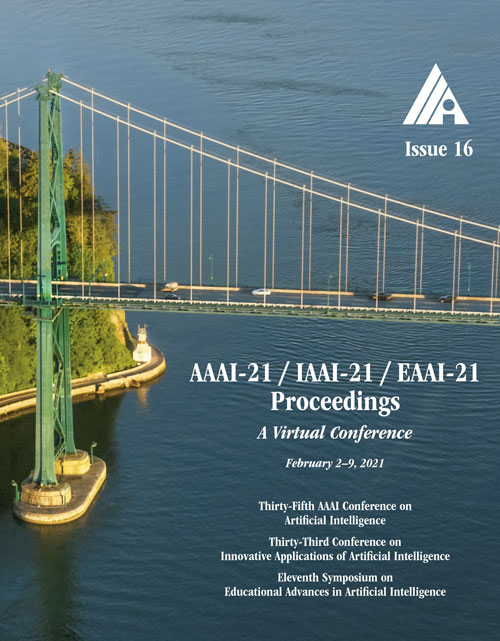Graph-Based Tri-Attention Network for Answer Ranking in CQA
DOI:
https://doi.org/10.1609/aaai.v35i16.17700Keywords:
Applications, Recommender Systems & Collaborative FilteringAbstract
In community-based question answering (CQA) platforms, automatic answer ranking for a given question is critical for finding potentially popular answers in early times. The mainstream approaches learn to generate answer ranking scores based on the matching degree between question and answer representations as well as the influence of respondents. However, they encounter two main limitations: (1) Correlations between answers in the same question are often overlooked. (2) Question and respondent representations are built independently of specific answers before affecting answer representations. To address the limitations, we devise a novel graph-based tri-attention network, namely GTAN, which has two innovations. First, GTAN proposes to construct a graph for each question and learn answer correlations from each graph through graph neural networks (GNNs). Second, based on the representations learned from GNNs, an alternating tri-attention method is developed to alternatively build target-aware respondent representations, answer-specific question representations, and context-aware answer representations by attention computation. GTAN finally integrates the above representations to generate answer ranking scores. Experiments on three real-world CQA datasets demonstrate GTAN significantly outperforms state-of-the-art answer ranking methods, validating the rationality of the network architecture.Downloads
Published
2021-05-18
How to Cite
Zhang, W., Chen, Z., Dong, C., Wang, W., Zha, H., & Wang, J. (2021). Graph-Based Tri-Attention Network for Answer Ranking in CQA. Proceedings of the AAAI Conference on Artificial Intelligence, 35(16), 14463-14471. https://doi.org/10.1609/aaai.v35i16.17700
Issue
Section
AAAI Technical Track on Speech and Natural Language Processing III

